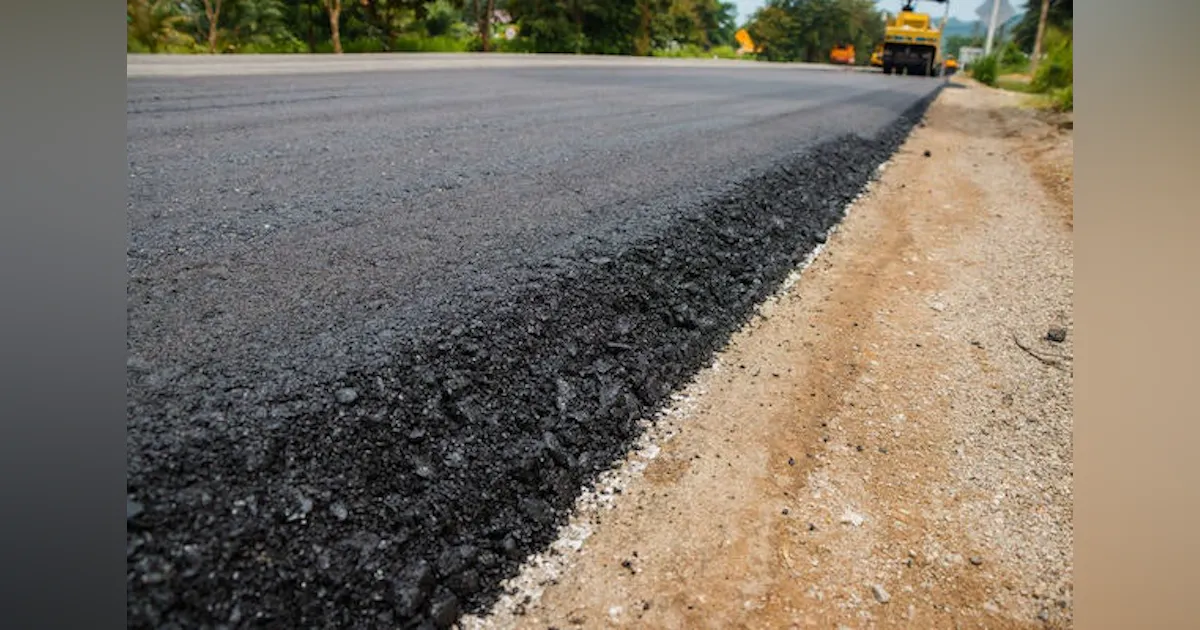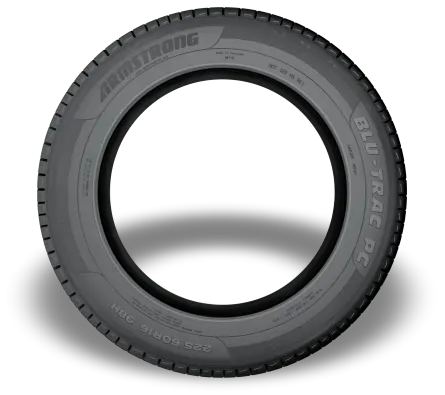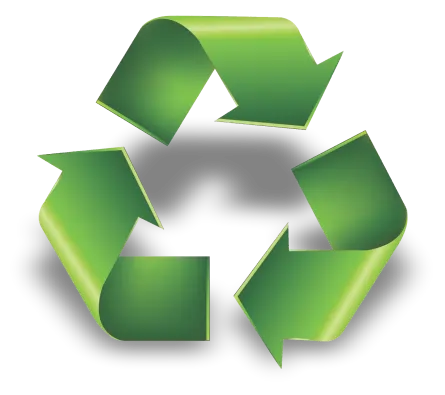Rubberized Asphalt
Paving the Future with Rubberized Resilience:
Sustainable Roads, Sustainable Tomorrow
Premier Wholesale Solutions
for Quality Used Tire Sales
The National Highway System spans an extensive 160,000 miles of paved highways, incorporating over 128,000 overpasses, bridges, and various structures. Commuting along these paved roadways is a routine part of our yearly journeys. However, a considerable number of these roads were originally laid in the 1960s and ’70s, and the limited lifespan of asphalt paving has led to the necessity for repairs or replacements.
Despite the aging infrastructure, the upgrade projects offer an opportunity for sustainability. Many materials from these roads can be recycled and repurposed, contributing to eco-friendly renovations. Beyond recycling, innovative solutions involve repurposing additional materials from various sources, minimizing the overall environmental impact. Rubberized asphalt, in particular, has gained prominence for its remarkable capability to construct robust and enduring roads, offering a sustainable solution to the evolving needs of our transportation infrastructure. For further details on purchasing this recycled material, please do not hesitate to contact us. We are readily available to provide comprehensive information and assist with any inquiries you may have.

PRODUCT INQUIRY
What is rubberized asphalt?
Rubberized asphalt stands as a paving marvel crafted from crumb rubber, serving both as a binder and an aggregate. A staggering twelve million tires annually find a new purpose as crumb rubber in the creation of rubberized asphalt, marking it as the largest market for crumb rubber in the United States.
This crumb rubber undergoes production at waste tire recycling plants, initiating the process with the tires being initially cut into smaller pieces by a primary shredder. This preparatory step is crucial for subsequent processing, wherein the steel wire and fibers are meticulously separated from the rubber. Once liberated from these components, the rubber undergoes further refinement through one of two methods.
Ambient grinding utilizes the mechanical forces within tire shredders and granulators, gradually breaking down the rubber into progressively smaller pieces. Alternatively, the rubber can be subjected to freezing in liquid nitrogen, leading to a process known as cryogenic fracturing, resulting in finely shattered crumbs. Ambient grinding proves particularly advantageous in the production of rubberized asphalt, yielding crumbs with a textured exterior. The increased surface area of these crumbs facilitates a more rapid and effective reaction with the binders present in the asphalt mixture.
Why use rubberized asphalt instead of traditional asphalt?
Although rubberized asphalt was developed initially as a way to make road patches last longer, recent studies have shown that it comes with many more benefits.
- Noise Reduction – As noted in the study done in Arizona, cars produce less noise when driving on rubberized asphalt. The rubber creates a more porous and flexible road surface that dissipates the vehicle’s sound instead of reflecting it outwards the way hard surfaces do.
- Greater Longevity – One of the first properties of rubberized asphalt observed was that patches made from this type of material lasted much longer than previously used asphalt. More recent case studies on the topic show that it can last up to 50% longer and resists cracking.
- More Economical – Paving a road with rubberized asphalt requires less raw materials, as it can be thinner and still handle the same volume of traffic. The reduction in initial materials cost combined with a decrease in repairs makes rubberized concrete cheaper to build and maintain.
- Increased Safety – Rubberized asphalt is darker in color. Road markings stand out better against this dark road surface, making night driving easier. Studies have shown that the added crumb rubber gives drivers better traction and reduces skidding as well.
- Environmentally Beneficial – Using scrap tires to pave our roads is a responsible way to re-use the masses of rubber that would otherwise be discarded every year. Resurfacing a road with two-inch-thick rubberized asphalt uses 2,000 scrap tires per lane per mile. It doesn’t take a large project to make a measurable dent in our overly large sized problem. For example, California alone produces 40 million tires per year. 75% of those can be diverted away from landfills into this type of construction project.
Although most rubberized asphalt projects currently underway in the United States are taking place in warmer states, the practice is catching on elsewhere. Contact Us for more information about rubberized asphalt materials.
Everything we do is with these objectives in mind:



- Youtube
